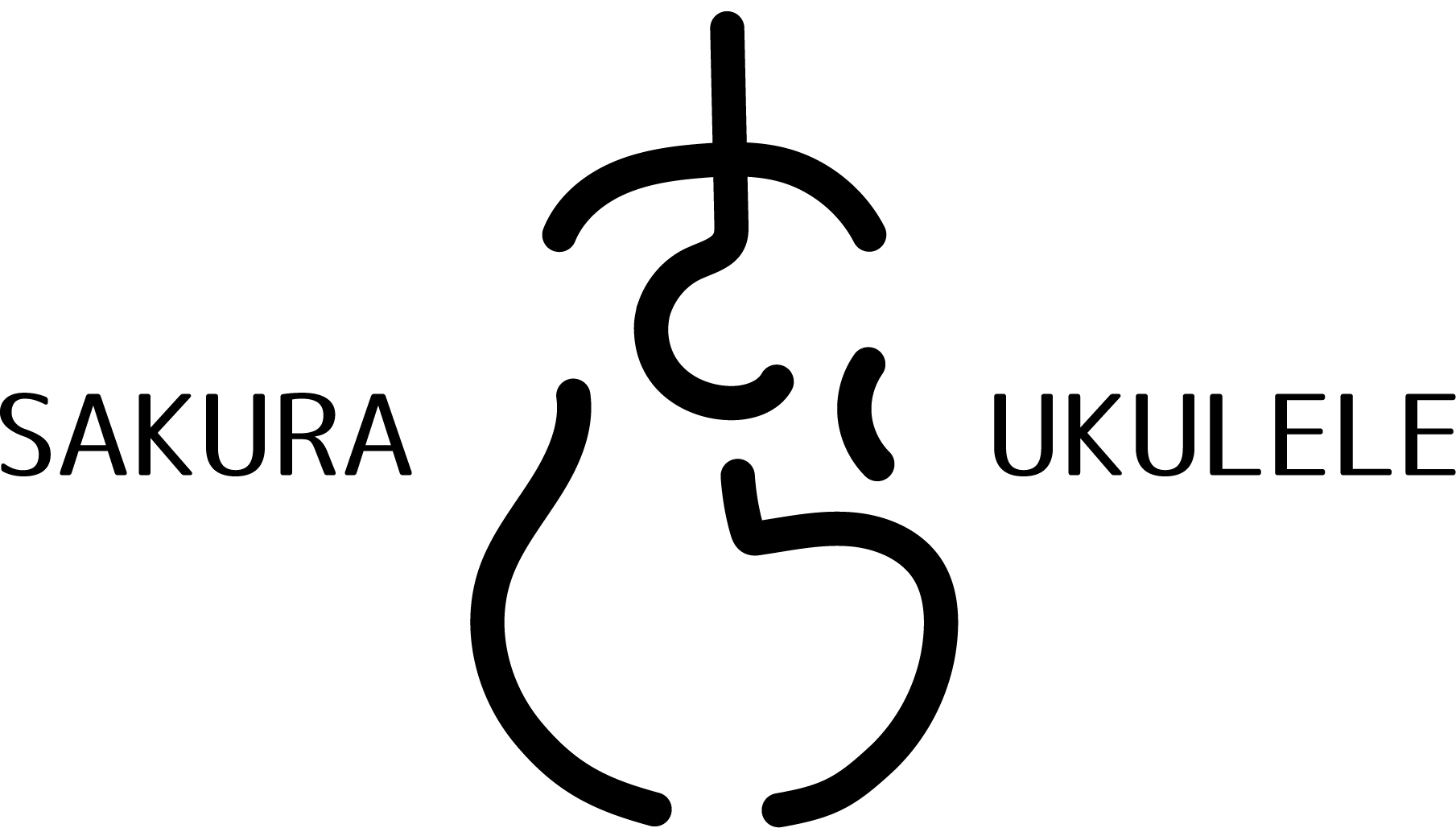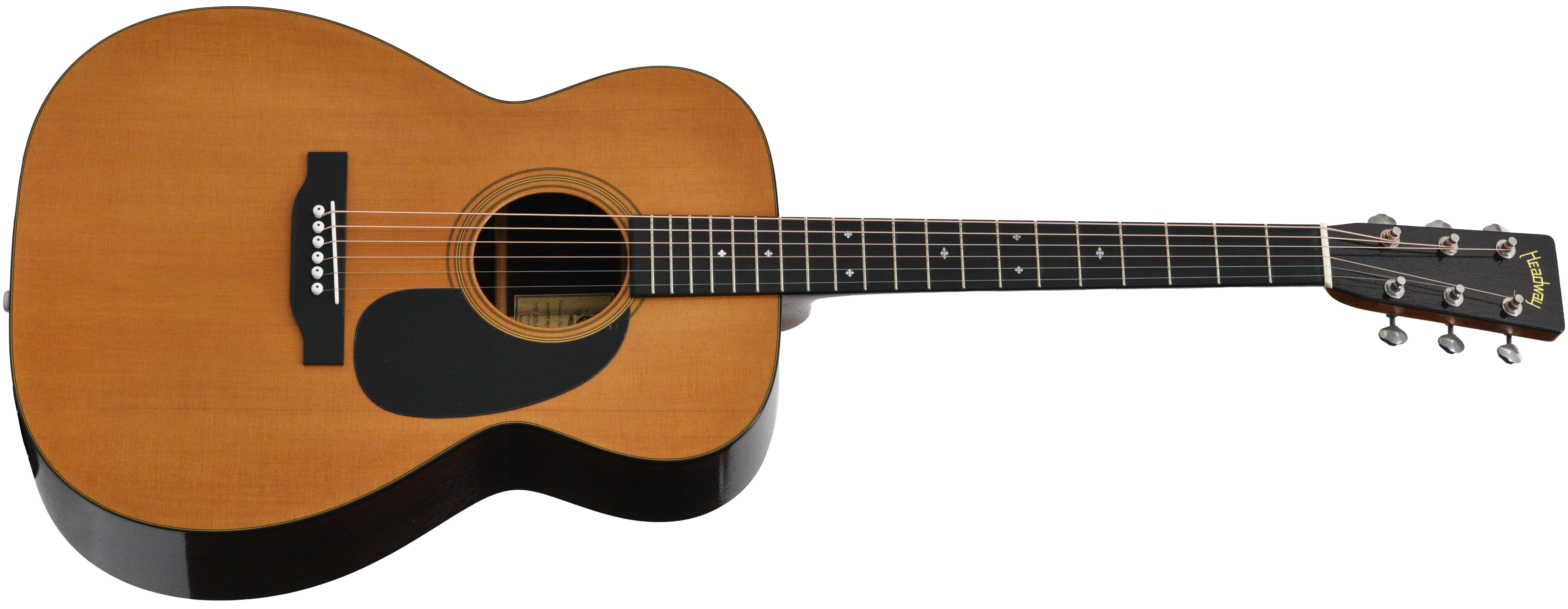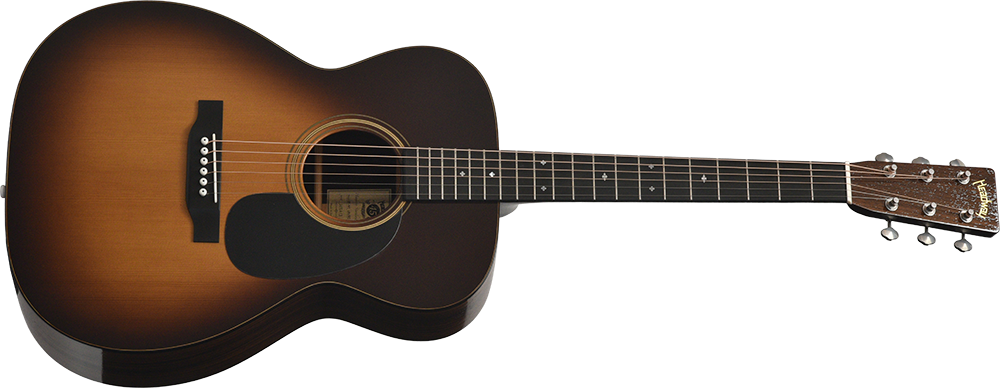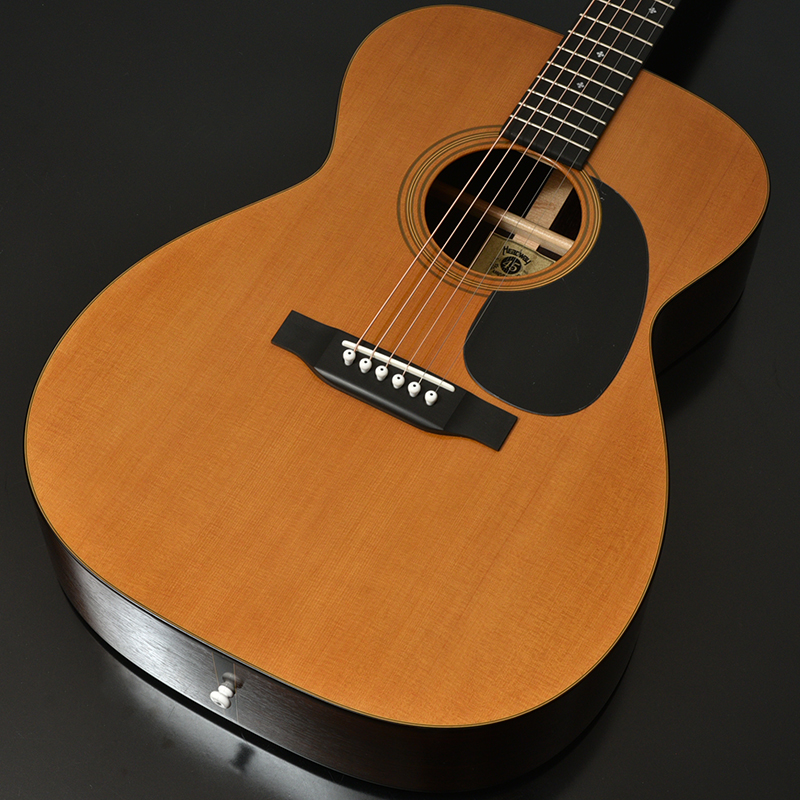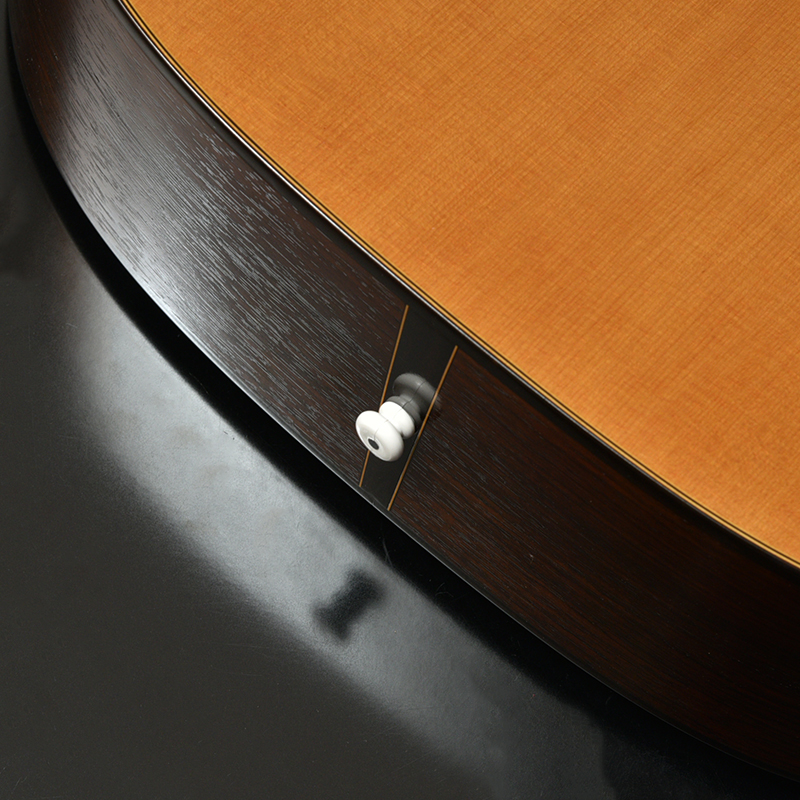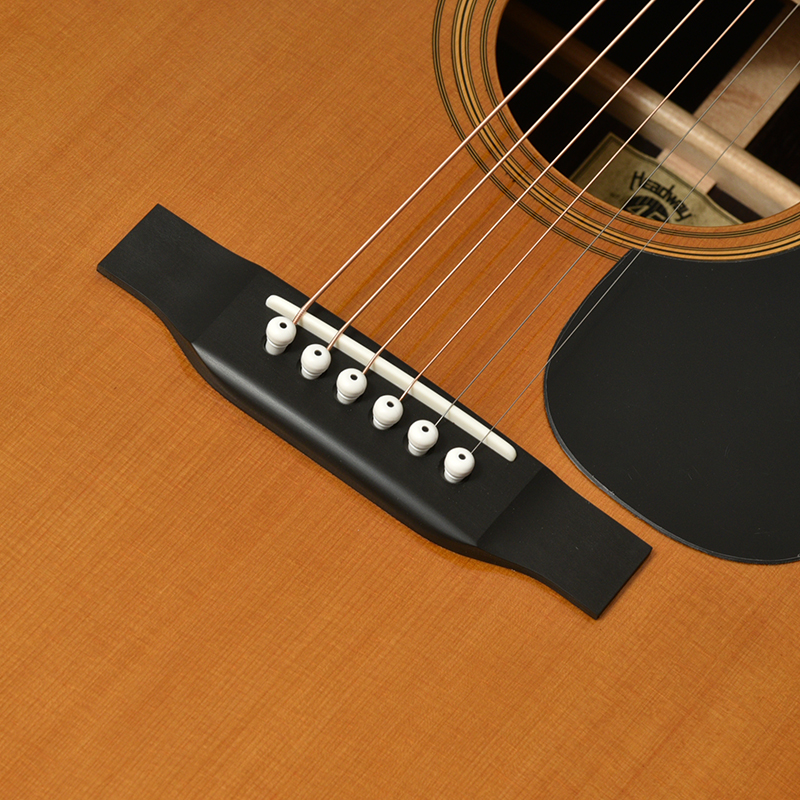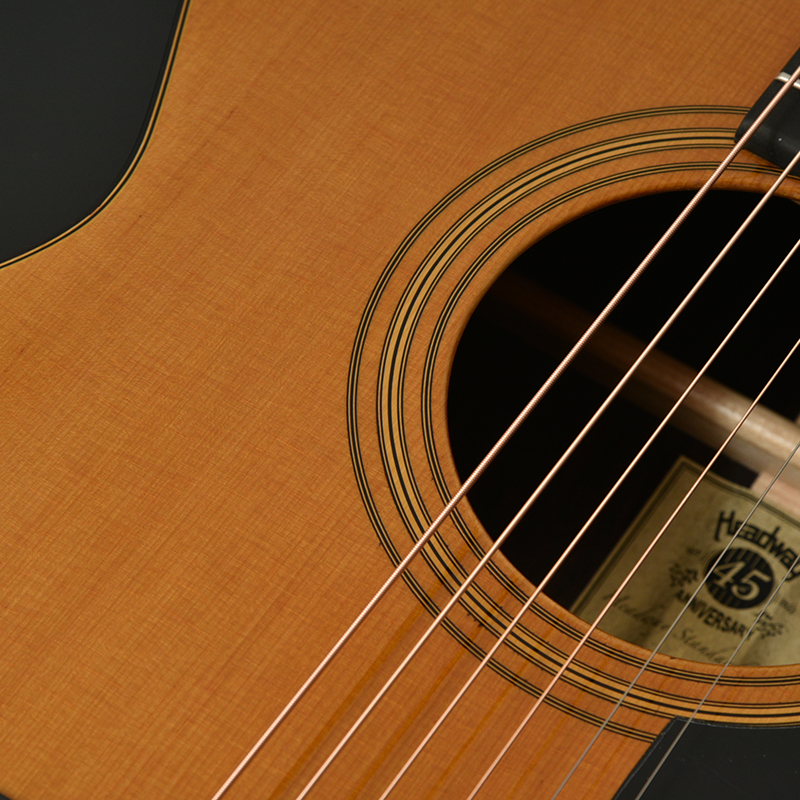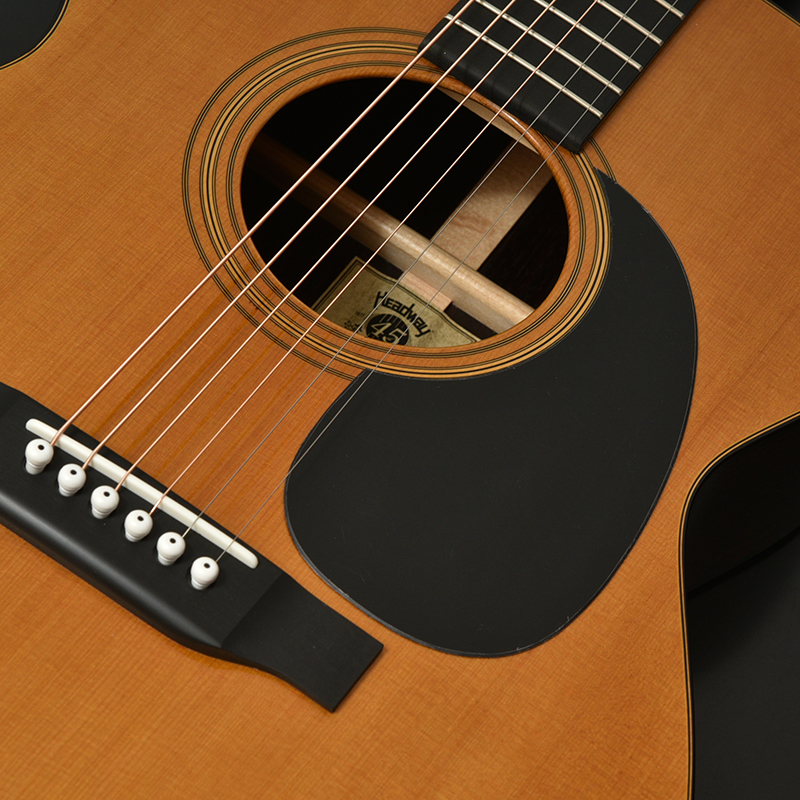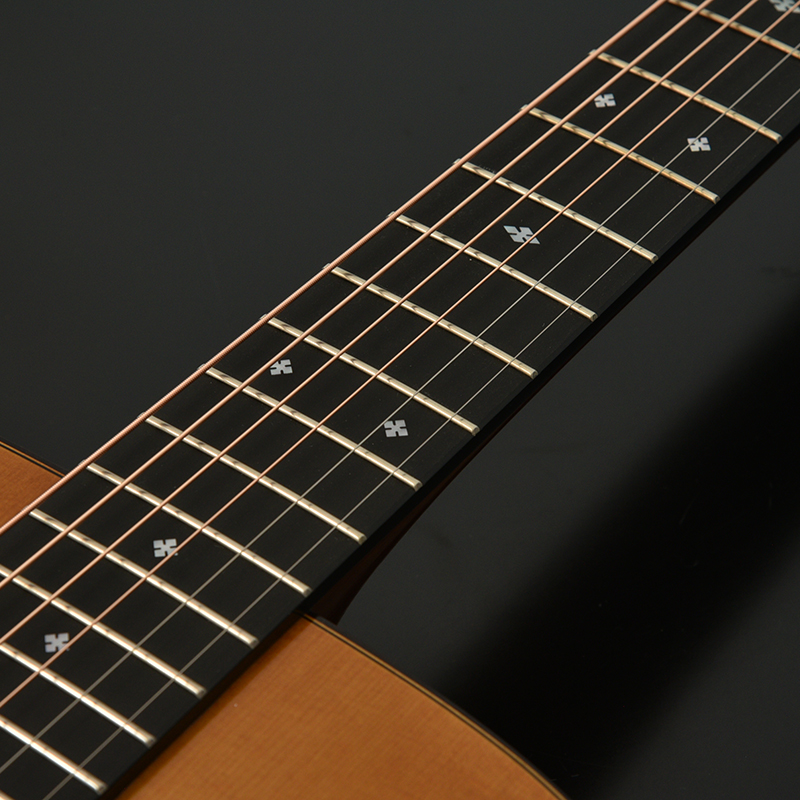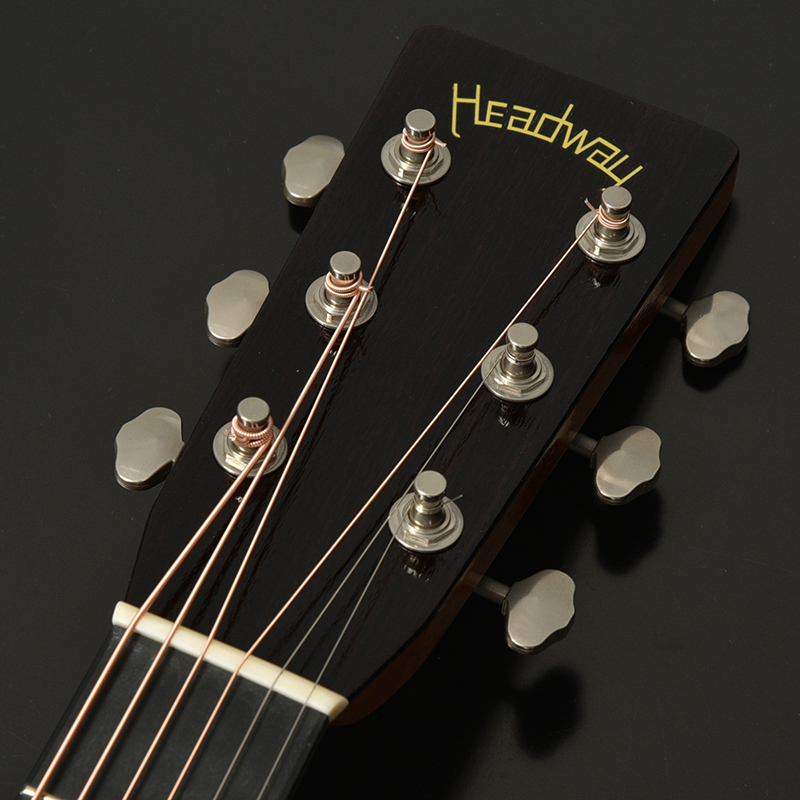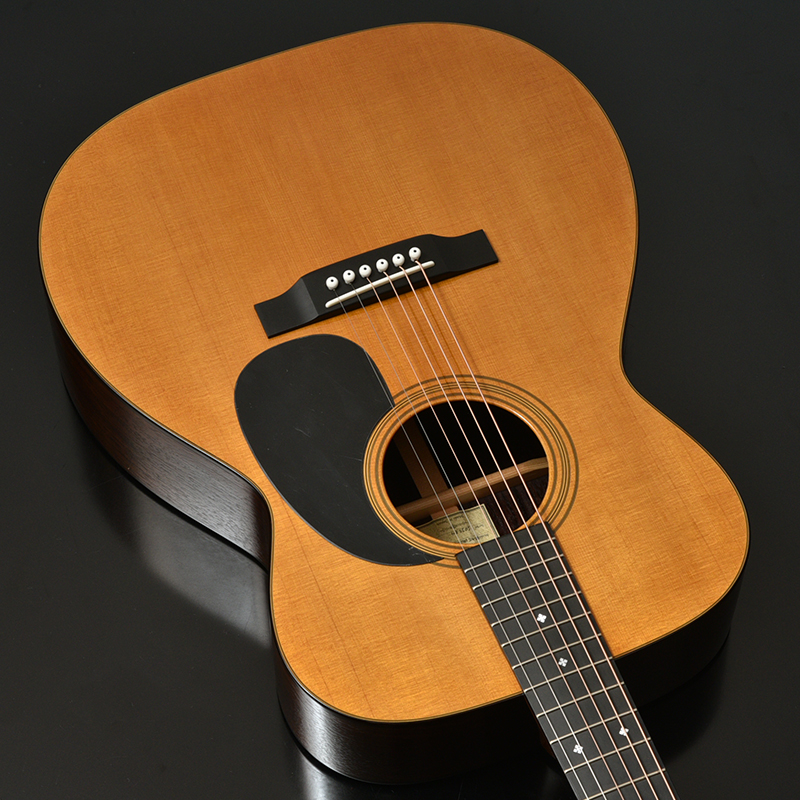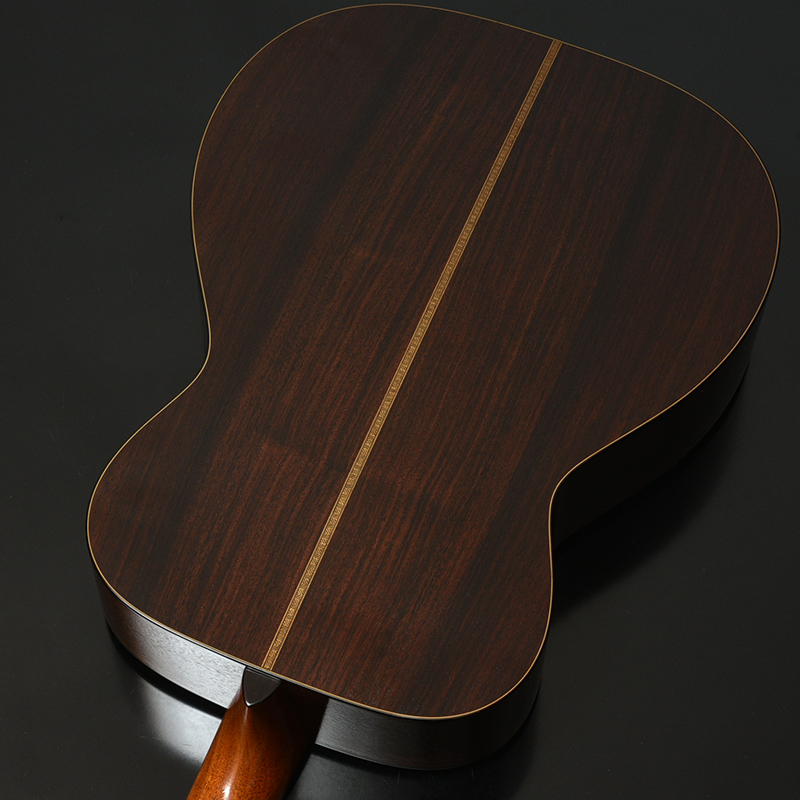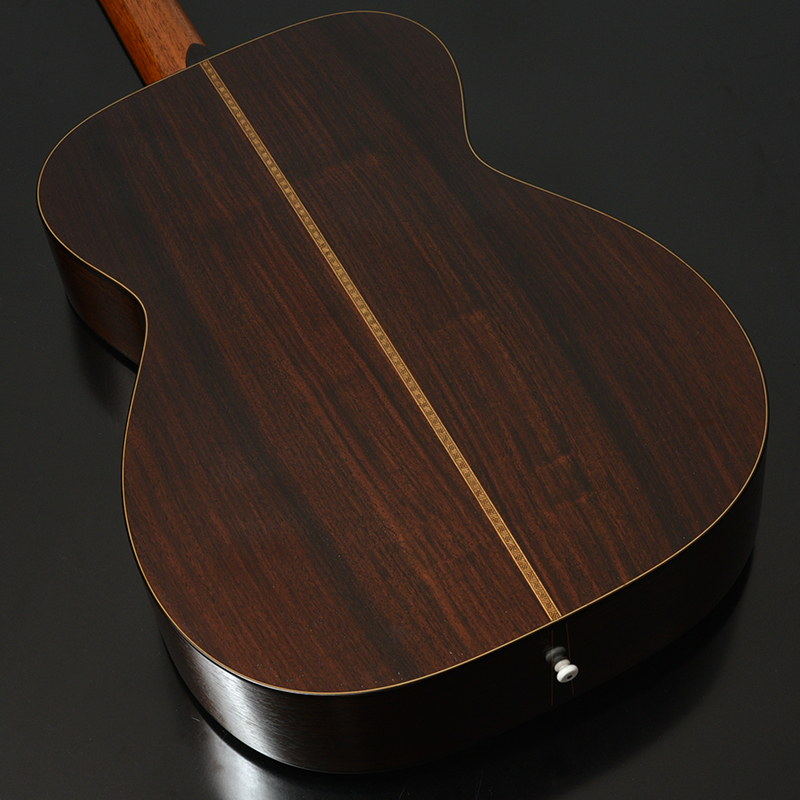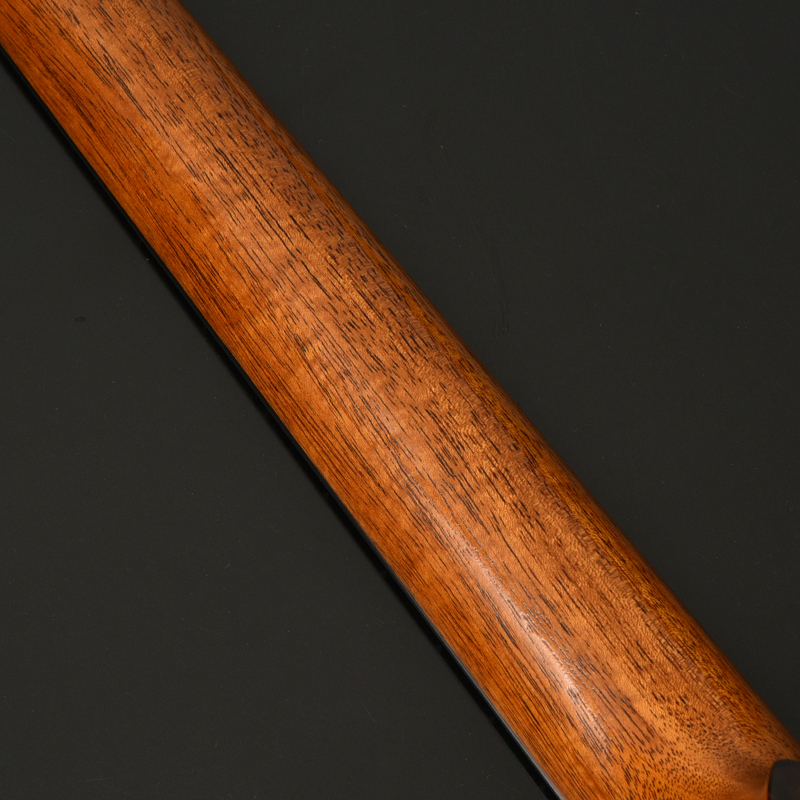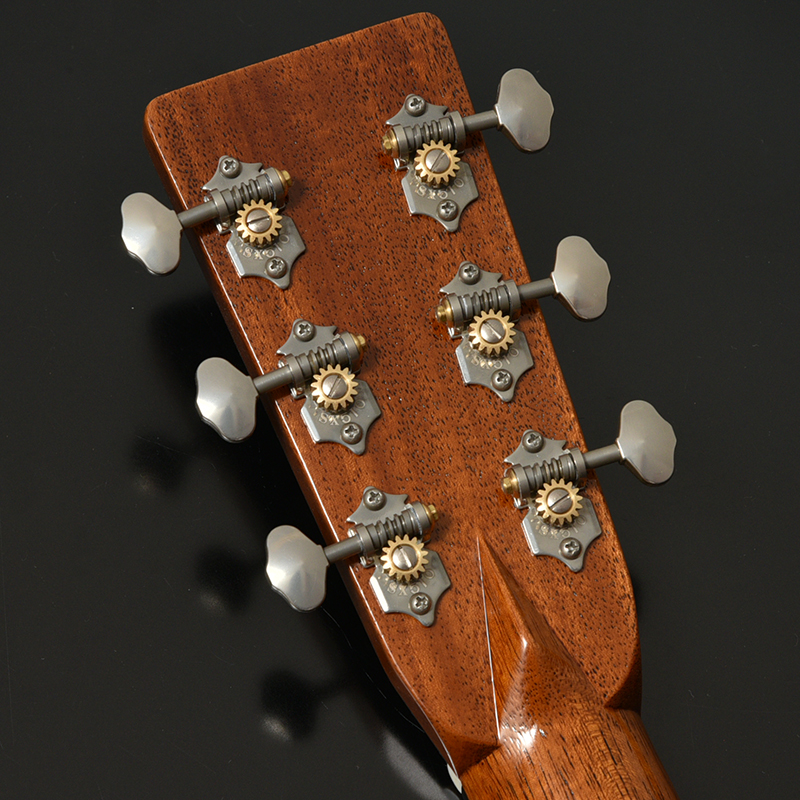HF-415 URUSHI SF, S/STD
MSRP¥300,000 w/o tax
Specification
- Body Top
-
Sitka Spruce
- Body Side&Back
-
Indian Rosewood
- Neck
-
African Mahogany 1P
- Fingerboard
-
Richlite
- Nut
-
Bone
- Saddle
-
Bone
- Bridge
-
Richlite
- Machineheads
-
GOTOH/SXN510V 06M XN
- Scale
-
628mm
- Width at Nut
-
43.0mm
- Bracing
-
34 Semi-forward-shifted, Scalloped X Bracing
- Finish
-
Urushi
- Strings
-
Elixir/NANOWEB Light(.012-.053)
- Accessories
-
Hard Case, Allen Wrench, COA
Introduction
The embodiment of the concept of “Japanese Guitars”
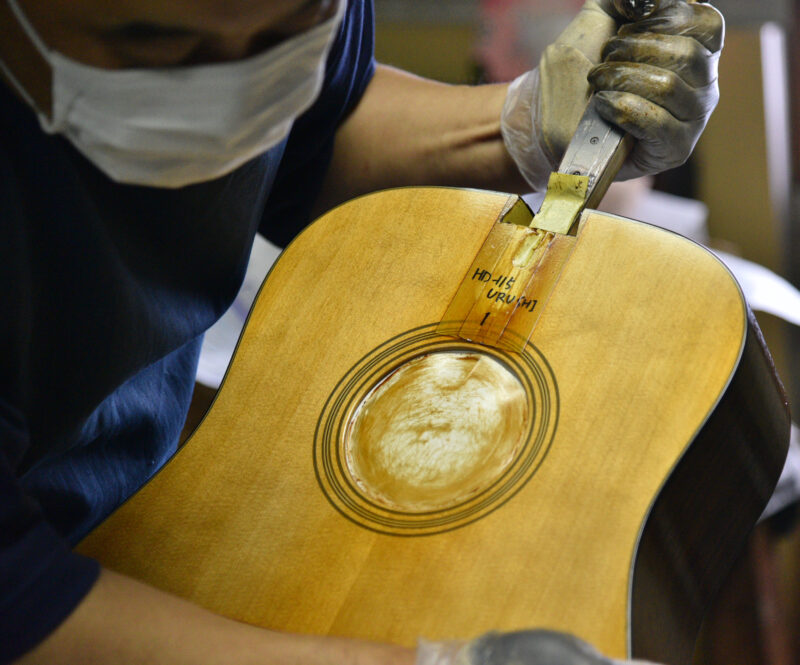
This model uses our top-of-the-line HD-115 as its base, which has a strong fan base among the Headway Guitars lineup but utilizes traditional Japanese “Urushi” lacquer for the coating instead of the regular coating. The making of this model employs “Fuki-Urushi” a technique in which a thin layer of lacquer is applied and allowed to dry giving, as a result, an attractive and unique appearance.
Urushi lacquer has a slightly unusual characteristic in that it is hardened by the action of an enzyme, rather than being dried by volatilization like regular finishes or other solvent-based paints used for regular guitar-making.
This enzyme is said to work best in an environment with a humidity of around 70 to 85% and a temperature of 24 to 28°C. After painting, each piece of lacquer is hand-painted under these optimal conditions, and quality control is carried out by hand.
Unprecedented texture
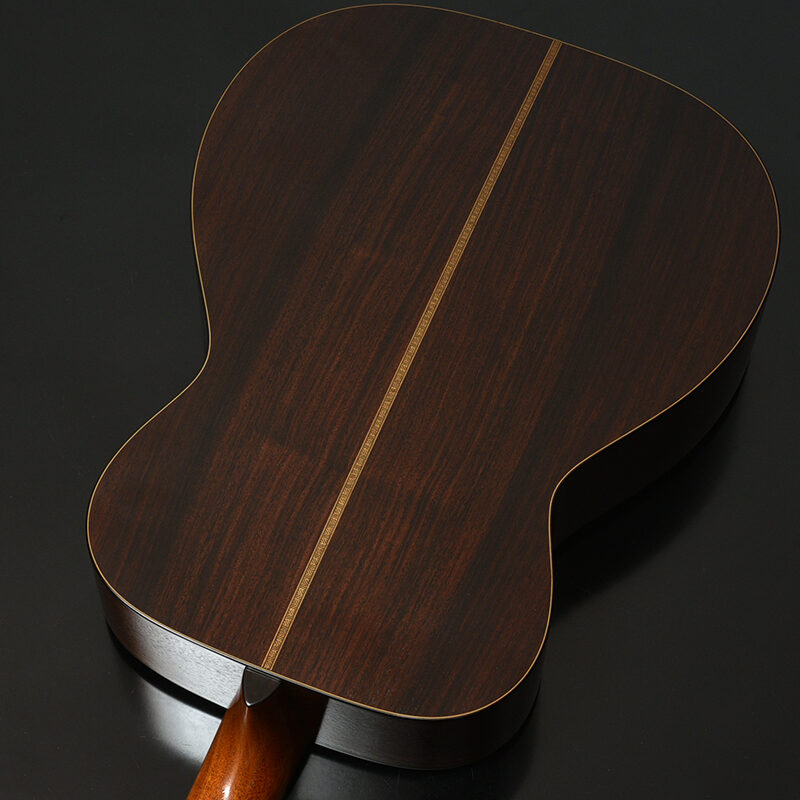
One of the main characteristics of the Urushi model is the surface texture. The texture, which at first glance looks like an old guitar, is unique to the Urushi coating process, which forms a very thin film of lacquer. The Indian rosewood on the body side backs and the African mahogany on the neck has a deep texture created by the lacquer that is deposited on each of the crevasses of the wood grain. The Sitka spruce on the body top and the binding also has a warm and tasteful texture that can only be achieved by a carefully constructed handmade model, this model looks to end up with a big contrast when compared to the sharp luster of common polyurethane, polyester, or nitro finishes.
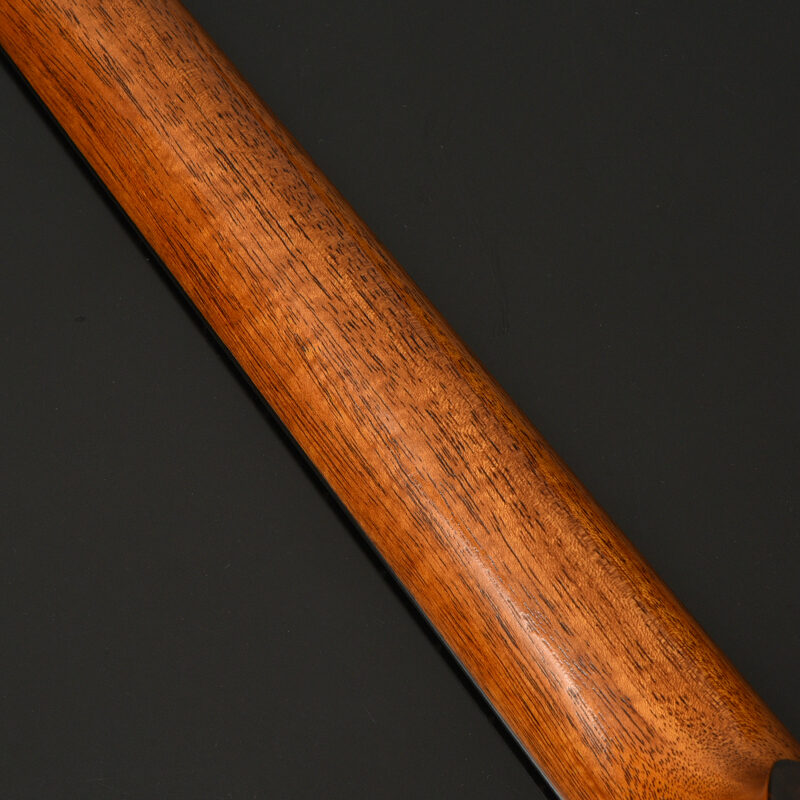
The most important characteristics of Fuki-Urushi on guitars
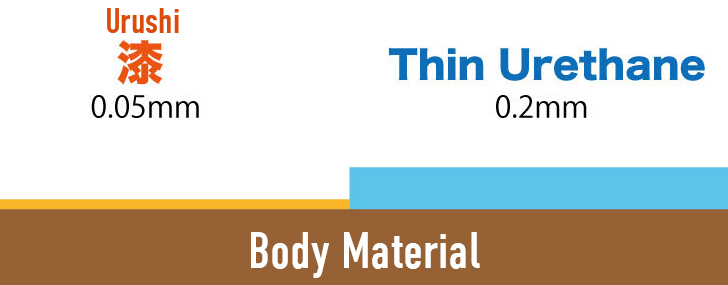
The greatest characteristic of wipe lacquer is the thinness of the resulting coating layer.
Urushi lacquer is about one-fourth the thickness of regular urethane coating.
Because the coating is thinner, body vibrations are transmitted more naturally, resulting in a more open sound from bass to treble.
The thin coating also gives it an airiness and attack that compliment the clean and pure sound of the wood material, overall allowing for a very articulate expression of each note that lets the player’s nuance shine through.
The thinness of the coating film may cause concerns about its durability and effectiveness, but it adheres to the wood more firmly than solvent-based coatings, resulting in a very stable finish.
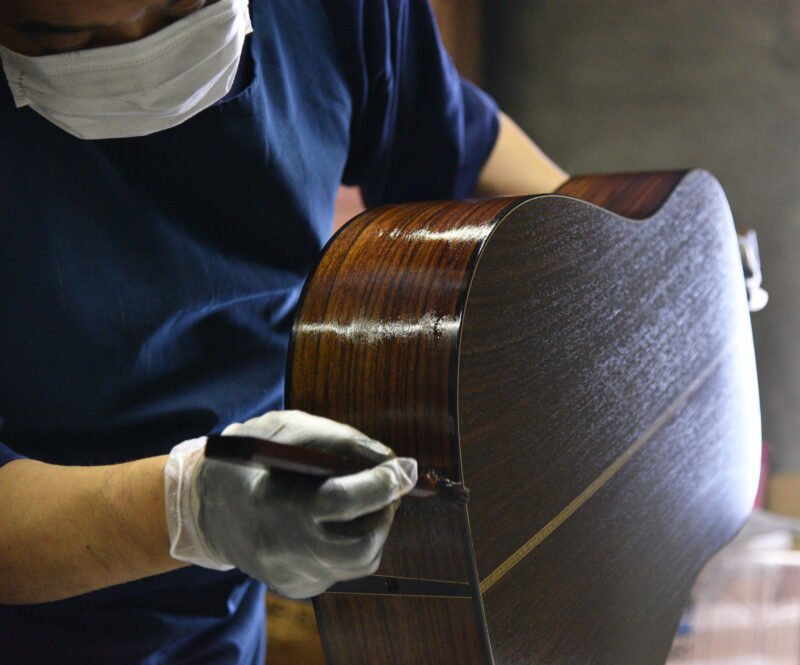
Also, the general consensus is that Urushi lacquer ages like a fine wine, getting better and better with time. and like lacquered furniture, the more you love and use it over time, the more luster it acquires.
It is also excellent in terms of preservation, waterproofing, and mothproofing.
Short F.A.Q
Q. -Is there anything I should be careful about taking care of my Urushi guitar?
A. The best daily care is to wipe dry with a cloth. Be careful not to use polish or chemical cloths containing abrasives, as they can damage the lacquer film. If a slightly noticeable stain is found, we recommend wiping with a cloth tightly wrung out with water.
Q. -Does Urushi change with age?
A. Urushi is said to have a relatively low resistance to ultraviolet rays. What this means for this model is that the color will gradually fade over time, changing to a slightly lighter hue. The darker colors that have entered the tiny crevasses in the wood grain will however remain, so there will be a stylish contrast that will arise.


